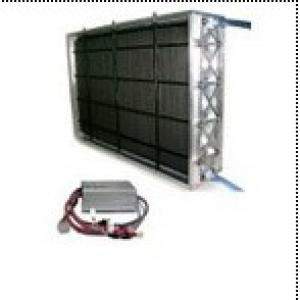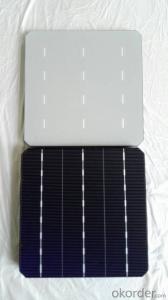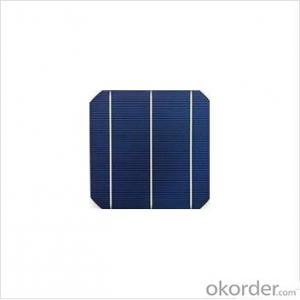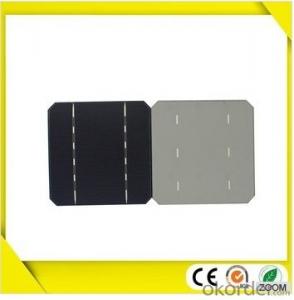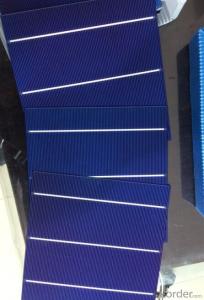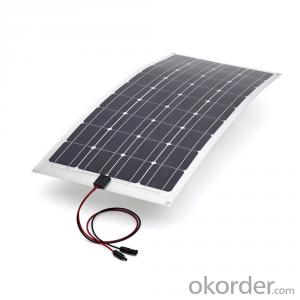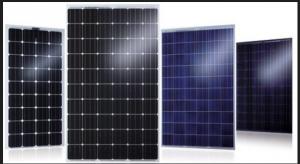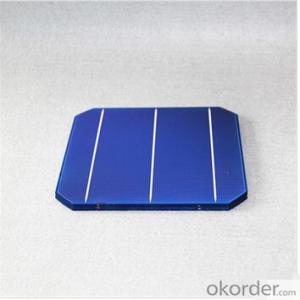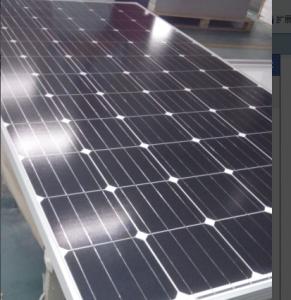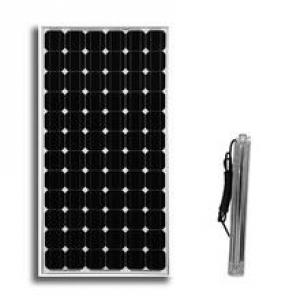Better Solar Cells
Better Solar Cells Related Searches
Free Solar Cells Best Solar Cells High Quality Solar Cells High Performance Solar Cells Building Solar Cells Buy Solar Cells Affordable Solar Cells Cheap Solar Cells Bio Solar Cells Plant Based Solar Cells Photovoltaic Solar Cells Creating Solar Cells Solar Cell Module All About Solar Cells Compact Solar Cells Bulk Solar Cells Highest Efficiency Solar Cells Low Cost Solar Cells High Efficiency Solar Cells High Power Solar Cells Multilayer Solar Cells Residential Solar Cells Home Built Solar Cells Organic Solar Cells Best Solar Cells To Buy Purchase Solar Cells High Temperature Solar Cells Lightweight Solar Cells Hot Solar Cells American Made Solar CellsBetter Solar Cells Supplier & Manufacturer from China
Better Solar Cells, a range of high-efficiency photovoltaic products, are designed to harness the power of the sun and convert it into usable electricity. These advanced solar panels are engineered with cutting-edge technology, ensuring optimal energy generation and performance. They are ideal for residential, commercial, and industrial applications, where reliable and sustainable energy solutions are required. The versatility of Better Solar Cells allows them to be integrated into various systems, such as rooftop installations, solar farms, and off-grid power solutions, making them a popular choice for those seeking to reduce their carbon footprint and energy costs.In various usage scenarios, Better Solar Cells stand out for their durability and efficiency, providing a long-term solution for energy generation. They are particularly beneficial in regions with abundant sunlight, where they can generate significant power and contribute to a greener environment. The application of Better Solar Cells is not limited to electricity generation; they also play a crucial role in reducing energy dependence on fossil fuels, thereby promoting a cleaner and more sustainable future.
Okorder.com is a leading wholesale supplier of Better Solar Cells, boasting a large inventory that caters to the diverse needs of customers worldwide. With a commitment to quality and customer satisfaction, Okorder.com ensures that the Better Solar Cells they provide meet the highest industry standards. Their extensive range of solar panels is available at competitive prices, making them an attractive option for businesses and individuals looking to invest in renewable energy solutions.
Hot Products
